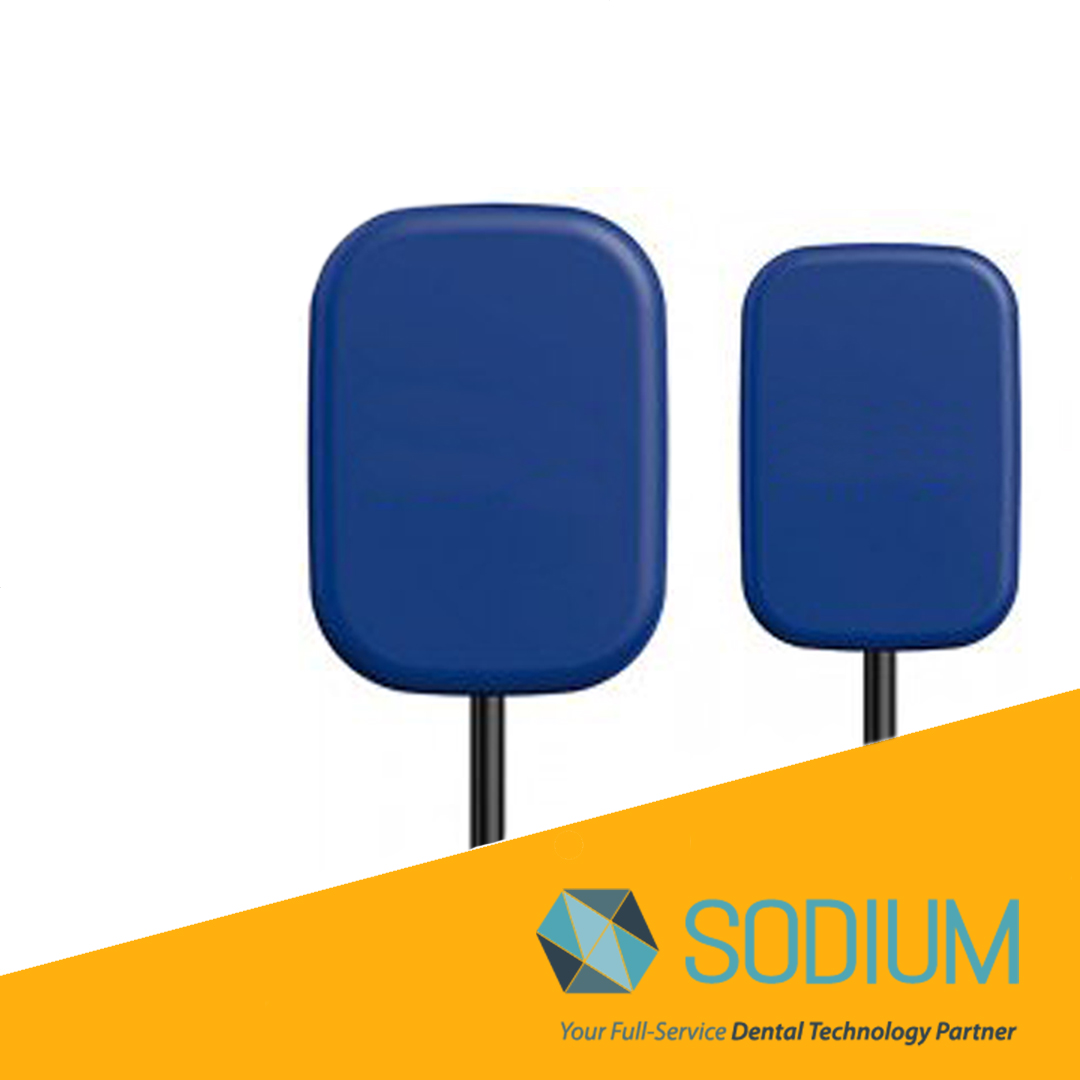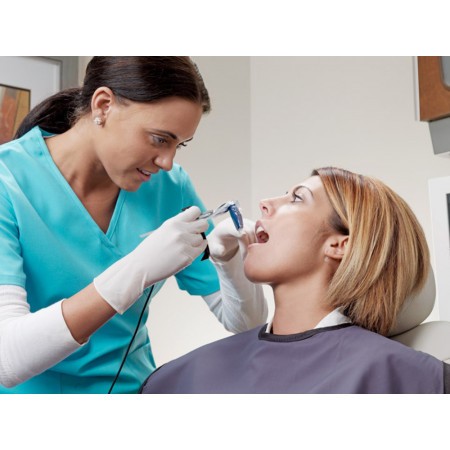

While it is possible to operate with a separate system for capturing, viewing, and or disseminating images, it's usually far more efficient to operate with a single system. Used intraoral sensors available on eBay-yes, you read that correctly-range from $338 to nearly $6000, in a mostly apples-to-apples comparison.

Dental imaging integration is only one factor-albeit an important one, as new individual sensors can cost $5000 or more. There are many things to consider when purchasing software for dental practice management or electronic patient records. Regardless of what sensor type or manufacturer, all the dentists surveyed said integration with a dental software system was a large factor in their decision-making process.

Some thought CMOS intraoral sensors were the best investment others felt phosphor plate digital radiography was a better option for their needs. Others mentioned the ease with which digital images could be enhanced or manipulated for better diagnostic results. Most cited the reduced radiation giving them peace of mind as opposed to traditional panoramic or full-mouth series x-rays. When asked reasons why they switched or were considering a switch to digital radiography, dentists interviewed by TechnologyAdvice had various points, many of which were shared. Digital radiography provides certain advantages and drawbacks when compared to traditional dental radiography, but an increasing number of dentists are making the switch. The desire to avoid the cumulative effects of radiation has sparked continued innovation in the field of dental radiography, culminating in the imaging sensors or phosphor plate systems available today from vendors like Carestream, Gendex, Dexis, and several others. The decreasing cost of digital imaging technology is making the dream of a "paperless office" a reality.ĭental imaging has come a long way since early experimentation with vacuum tubes in the 19th century. An ever-increasing number of dentists are making the shift to digital dentistry.


 0 kommentar(er)
0 kommentar(er)
